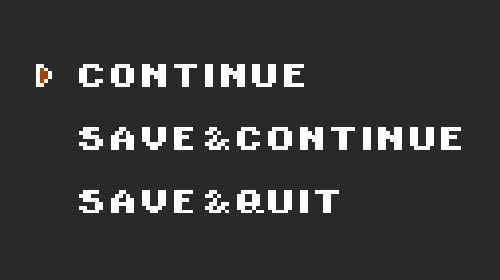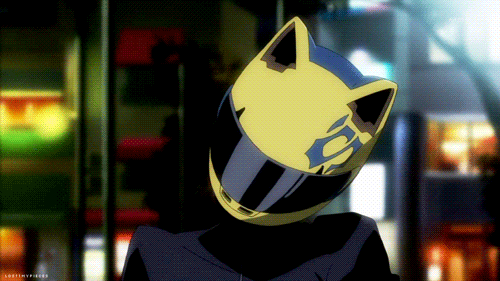I found an application as a Senior concept Artist at the prestigious Riot Games, lets take a look:
As Senior Concept Artist, you’ll be embedded with the champion design team from concept to execution, working with as little as a napkin sketch and as much as a full blown narrative concept to develop memorable and compelling champions. You’ll generate, sketch and iterate the visual ideas, insights and eye candy that take even the smallest kernel of a concept into full-fleshed champions that live, breathe and bring something completely new to the Fields of Justice.
So as a summary, I must be able to adapt to different requests and be able to both follow very strict instructions on design, but also be able to design something from very little.
YOU ARE:
- Artistic and prolific: your keen eye for lighting, color, form and composition inform your work from ideation to creation; you’re a master of the rapid sketch, quickly generating ideas knowing that sometimes it takes a hundred good ones to get to the great one
- An experienced collaborator: your artistic hand reflects years of experience refining your craft, but you’re also a natural and avid collaborator; you coat-check your ego, but are eminently capable of articulating and defending your next great idea
- Multi-dimensional: you’re as experienced and knowledgeable with pad and pencil as you are with Photoshop and similar 2D software; you’re also comfortable trekking beyond Flatland to experiment with Zbrush and other 3D programs
- Genre-bending: you have cat-like reflexes for chasing a great yarn, whether in contemporary comics or ancient mythology; you’ve built a Noah’s Ark of archetypes, ready at a moment’s notice to set sail into brainstormy waters
- Anatomically correct: you have advanced understanding of human and animal anatomy, but aren’t afraid to stretch the limits; exaggerated, stylized proportions feel perfectly balanced in your hands, and superheroes line up outside your studio hoping to be drawn in one of your staggeringly dynamic poses
- A player-focused gamer: as an avid League of Legends player yourself, gaming is as much a part of your artistic palette your trusty pen and sketchpad; though your art's awesomeness commands attention, you'd never let it upstage the holistic player experience
- Being artistic is a requirement. I think we all saw that coming- aside from that its important to note that they want someone who won't get too attached to a certain design and be willing to do it again and again and again until one strikes a chord. We also need to be able to do this quickly, it emphasizes the importance of some of our lessons on silhouetting which is a good way too generate lots of different ideas quickly.
- Being able to work well in a team is a skill I feel I have, or at least have great potential for, like the description says is a mix of collaboration and also knowing when to hold your ground on certain aspects to get a idea across without being walked over or dismissed.
- I know that 2D goes hand in hand with 3D, that's what makes this course so alluring since its often a requirement to be able to use 3D software, even in this very specialized position.
- Having a strong visual library and being able to draw inspiration and references form things we've seen in the past- be it movies, comics or games.
- At the moment, I may not be as strong at life drawing and anatomy as I need to be, but I'm leaps and bounds ahead of what I was last year, and I'll be stronger next year as well. Correct proportions are the backbone for all character art even if you are distorting them to some degree.
- Be a League player? Check. Got that one covered.
- YOU WILL:
- Sketch, ideate and iterate new champion concepts in collaboration with fellow concept artists
- Collaborate closely with writers, animators, game engineers and splash artists to define champions that are both narrative and visually cohesive
- Develop detailed concept art and orthographs for 3D designers and animators to implement into working models
- Be an avid researcher and collector of story tropes, archetypes and narrative devices of all kind
- Challenge video game conventions and explore new territory for the League of Legends IP
Basically putting who you are in the above section into context!



















